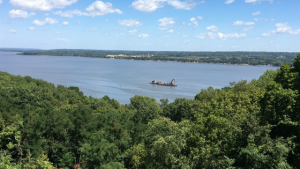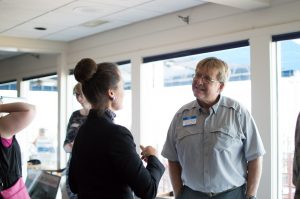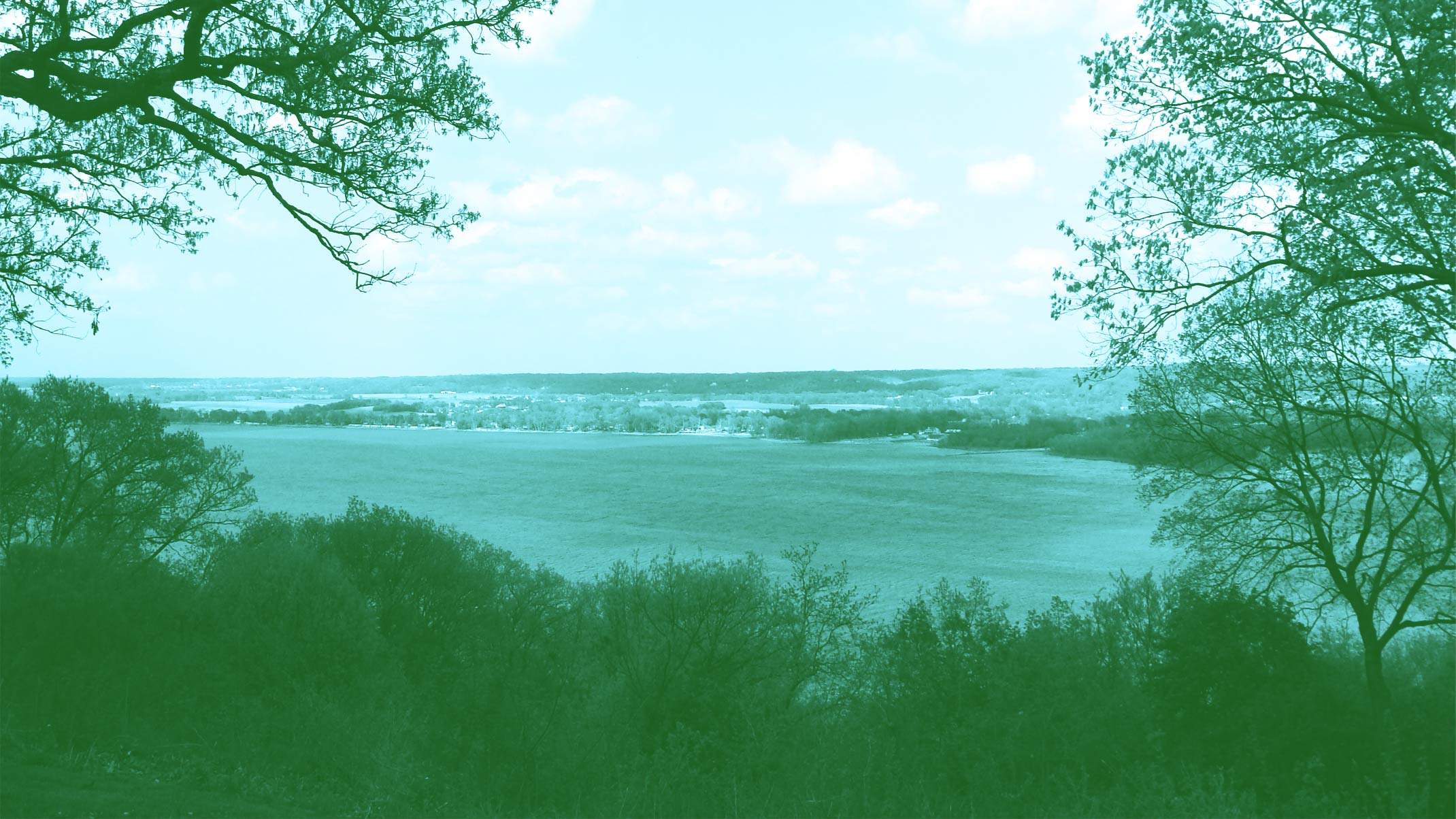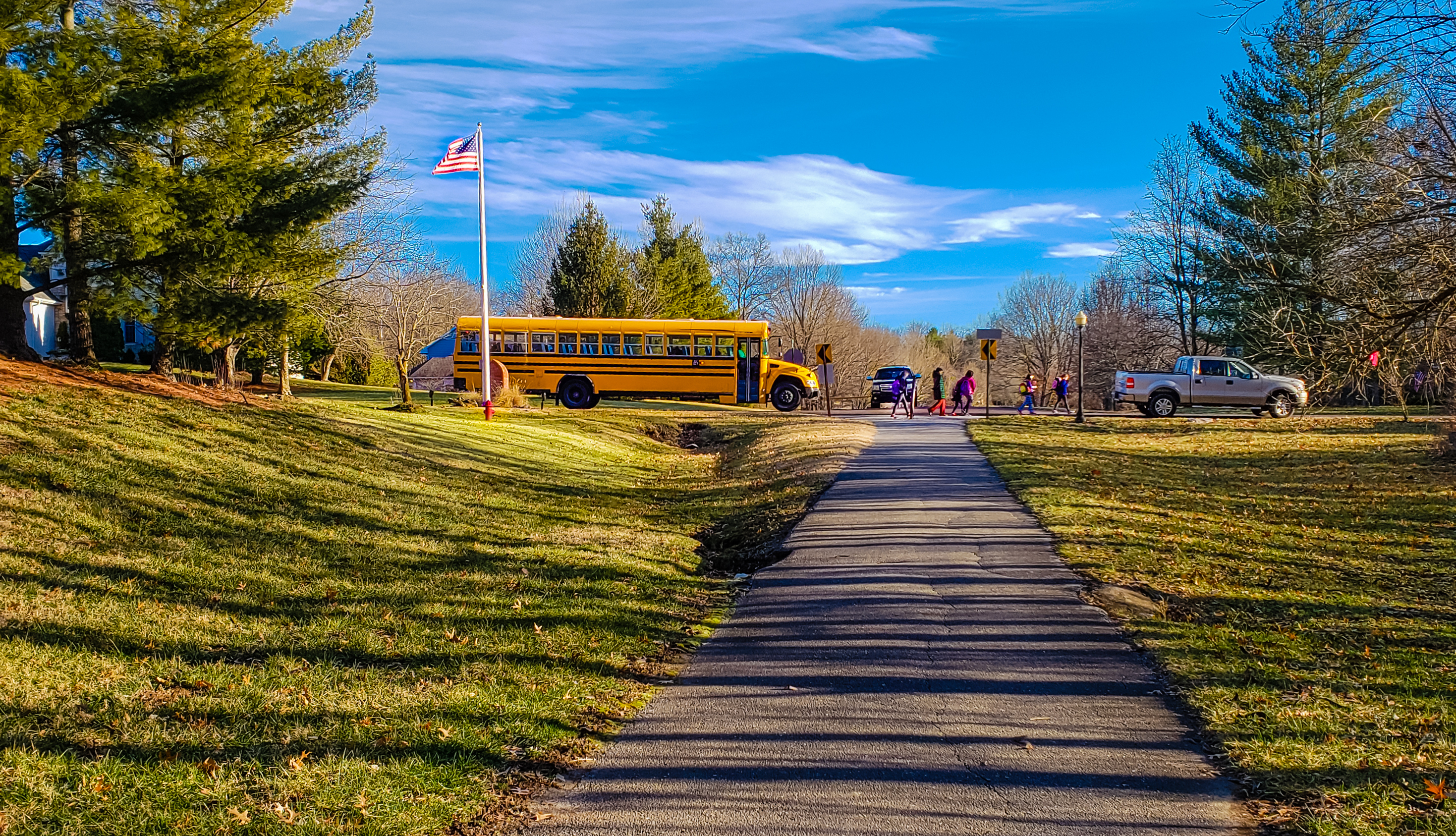[lede]The Illinois River is arguably the region’s most precious resource and has been for centuries. Unfortunately, it is under tremendous stress and has become the subject of an in-depth study by a unique, interdisciplinary alliance.[/lede]
Building a Team
Combining decades of regional partnerships, planning and ecological experience, the members of this collaborative are coming together to establish a more vibrant, thriving body of water in the Peoria area. This joint planning process includes regional input and will culminate in a comprehensive conservation plan next year for the Upper and Lower Peoria Lakes, which refer to the widened portions along the Illinois River near Peoria.

Key members of this planning team are Marshall Plumley, who brings a water resources planning perspective as chief of the Rock Island Planning Section of the U.S. Army Corps of Engineers, and Doug Blodgett, who represents the scientific and environmental voice as Director of River Conservation at The Nature Conservancy. Together, they have over 55 years of background involving the Illinois River: “a lot of water under the bridge,” Blodgett jokes.
Other planning team leaders include Russ Crawford, who offers in-depth regional knowledge and leadership as a past chairman of the Peoria Lakes Basin Alliance (PLBA), Heartland Water Resources Council and the Tri-County Regional Planning Commission (TCRPC). Eric Miller rounds out the leadership team, contributing his regional planning expertise as executive director of TCRPC. Originally from the area, Crawford and Miller bring both personal and professional perspectives. “I grew up in a home that looked upon the Illinois River,” says Crawford, “so the water’s been in my life all my life.”
Ensuring a Regional Consensus
In terms of planning for the Peoria Lakes Comprehensive Conservation Plan (PLCCP), Blodgett explains, “We’re in the early stages here, really focusing on understanding people’s perceptions of the Peoria Lakes and their thoughts about what the problems are and what the potential solutions are.”
The PLBA—which is made up of TCRPC, Heartland Water Resources Council and The Nature Conservancy—is collaborating with the U.S. Army Corps of Engineers to manage the planning effort to develop the PLCCP document. A comprehensive conservation plan typically outlines the environmental issues and offers implementation strategies for a natural area, in this case, the upper and lower Peoria Lakes.
The goal is to address the underlying threats in the Peoria Lakes by reaching a regional consensus on future conservation alternatives. More importantly, this planning process relies heavily on community engagement and stakeholder input to ensure a regional consensus. “For the first time in a long time, I think the region has an opportunity to chart the course… in a way that puts local residents and local folks who are interested in the issue in the driver’s seat,” Plumley notes.

The planning process kicked off in April 2017 when the partnership agreement between PLBA and the U.S. Army Corps was officially signed. Since then, the planning team has been working diligently to engage the community and gather input to better understand the issues that the region prioritizes. The first public open house, held in July at the IVY Club, included an informative presentation by the Corps and a variety of educational, interactive stations that prompted attendees to provide their feedback on Peoria Lakes issues.
In addition, prospective stakeholders have been identified and invited to participate and lend their expertise to the plan. Moving forward, a project review committee of interested, influential stakeholder representatives will review and analyze the data and ultimately reach an agreement on potential future projects and studies. The plan is scheduled to be completed by April 2018.
A Healthier Body of Water
Several earlier studies and planning projects for Peoria Lakes have been proposed, but there has not been a clear regional consensus on what should be pursued to help sustain this valuable natural resource—until now. “We’re taking a more holistic approach than we have in the past,” Blodgett says. This deliberate, collaborative effort not only will enable further planning and environmental partnerships; it may also bring opportunities for future funding. “The more [the planning process] is locally led, I think the more that it will be noticed at the state and federal level, and perhaps… bring even more resources to the region,” Plumley says.
To tackle these ecological problems, the goal is to pinpoint the most viable and sustainable projects regarding the Lakes, not all of which may be immediate or even visible to us. “Some of these things take time, but they’re the right thing to do,” says Crawford. “They’re generational projects that could result in a ‘paradigm change’ of how we think of the Lakes.”
Historically, the Peoria Lakes have supported life in the Illinois River Valley for 12,000 years. In fact, the Lakes used to have an assortment of habitats and depths. The abundance of fish and wildlife, pristine water and expansive wetlands provided “a diversity of services to the river system and to people,” Blodgett says. However, as increasing urban development, farming practices and industrialization have occurred over time, the Peoria Lakes are enduring a degraded ecosystem due to issues such as sedimentation, poor water quality, altered hydrology and invasive species. Today, many areas of the Lakes are less than three feet deep.
As the natural beauty of the river and its bluffs continues to attract people to Greater Peoria, it is crucial for the community to address the issues happening underneath. The most important issue, Miller stresses, is the Lakes’ health. “If we clean that up, the other benefits will follow,” he says. “If we’re not thinking about it now—if nobody’s thinking about it—then status quo is going to remain status quo.” Crawford agrees that the time to act must be now: “This is our time. If we don’t [plan for the Lakes] now, it’s not going to be done in our lifetime.”
Above all, it is necessary to understand that the core of this planning process is to work towards a healthier body of water in the region. “People are drawn to water; they are drawn to vibrant, healthy, aesthetically pleasing water sources,” Plumley illustrates. “We build our homes around them. We build our communities around them. Even though the uses have changed from 300 years ago when we first settled in the Peoria area… water [remains] a fundamental attractant to people.”
As the planning process continues, community engagement will be a top priority. “The more folks are involved, the better chance this region has of seeing some really great things happen along the river,” Plumley says. “The most important thing the [public needs] to know is that they have a voice and they have a role to play in this process.” To learn more or take part in the process, visit PartakeInPeoriaLakes.org for all project plans and updates.
This article was originally posted in the October 2017 InterBusiness Issues Magazine.




